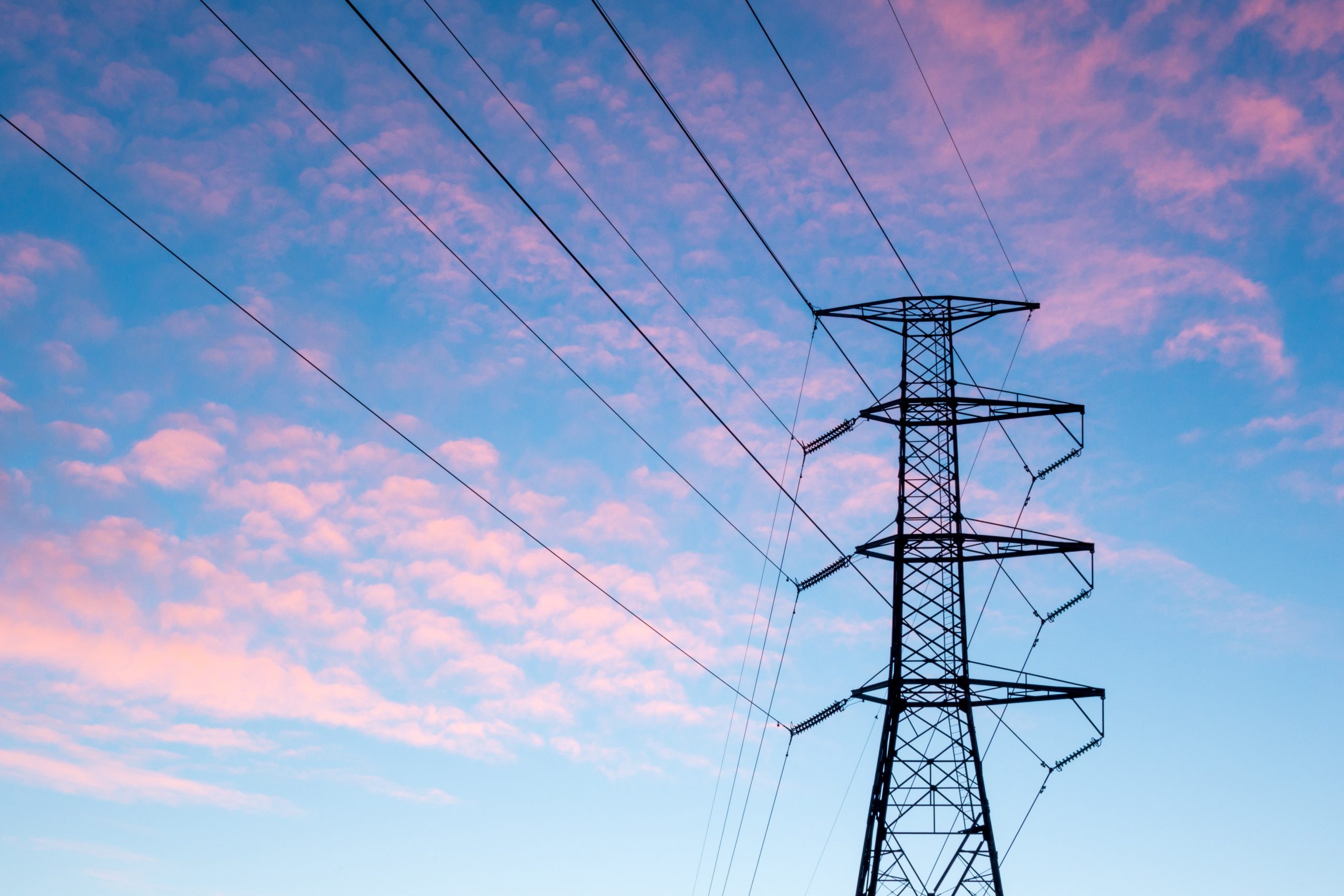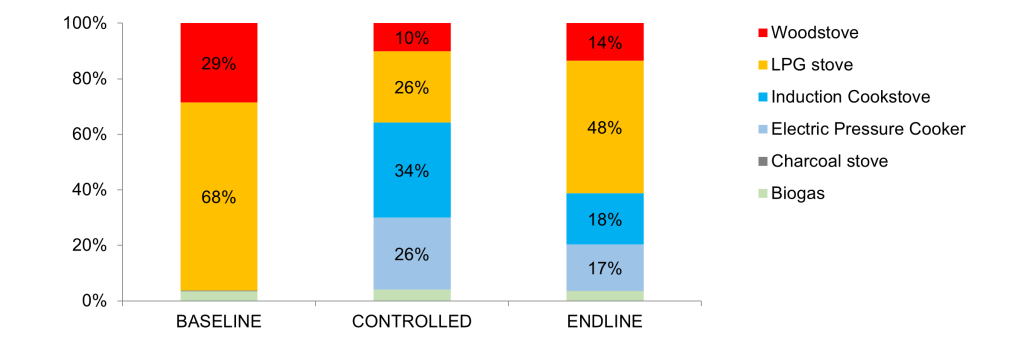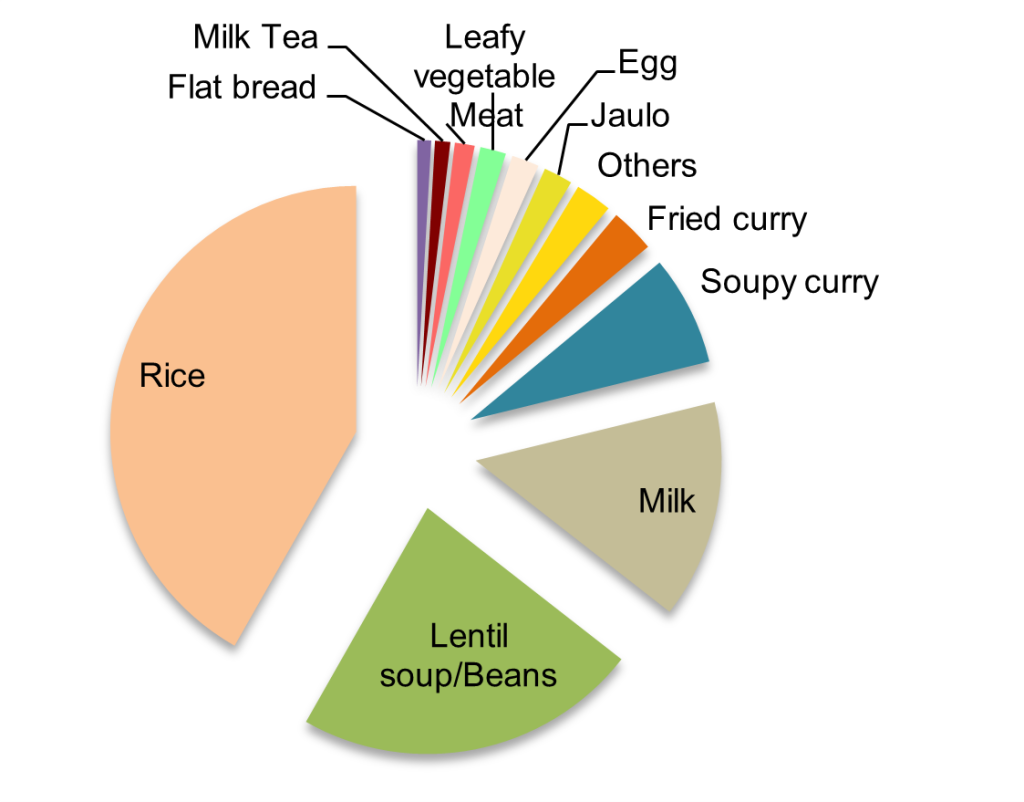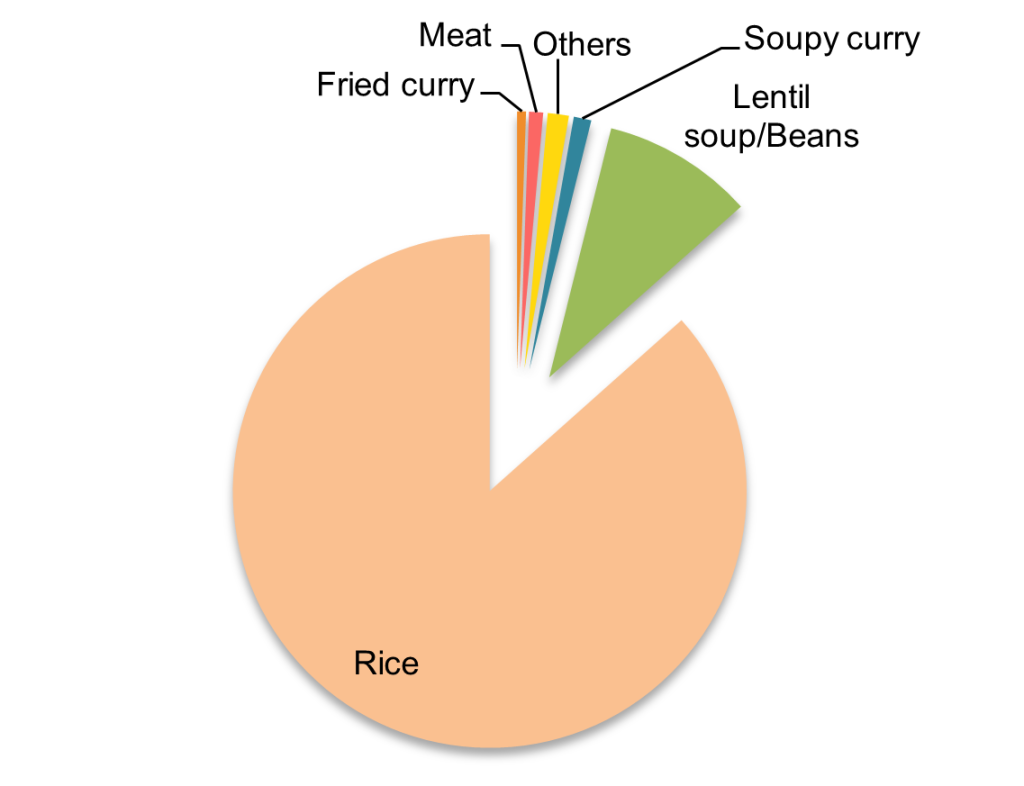
- Date
- 2nd March 2022
- Categories
By Richard Sieff (Loughborough University), Pooja Sharma (Practical Action Consulting), Dr. Ashma Vaidya, Shekhar Sharma (Ajummery Bikas Foundation), Mahendra Chudal (National Association of Community Electricity Users Nepal).
A recent MECS Electric Cooking Outreach (ECO) pilot study in Nepal has shown how people in rural areas will consistently choose to cook with electricity, supporting the economic viability of community-based electrification entities. 44 households in Mangaltar village (Kavrepalanchowk district) participated in the six-month pilot which aimed to assess the suitability of electric cooking (eCooking) for local menus and cooking preferences. The project was conducted by the international development organisation, Practical Action Consulting (PAC), with project partners: Ajummery Bikas Foundation; and National Association of Community Electricity Users-Nepal (NACEUN) and knowledge partner Access to Energy Institute (A2EI).
The community in Mangaltar was electrified via a community-based rural electrification entity (CREE). CREEs play a pivotal role in grid electricity outreach in Nepal by buying electricity from the state utility and then managing distribution and retail to remote areas. The project aimed to better understand how eCooking might aid the economic viability of CREEs by providing an additional load and revenue stream, while also transitioning households away from cooking with polluting fuels.
Large, sustained uptake of eCooking replaces fossil fuels
During the pilot, 14 households were provided with electric induction cookers (ICs), 15 with electric pressure cookers (EPCs) and 15 received both devices, with usage monitored via cooking diaries, smart meters, dataloggers and surveys. After introducing e-cooking solutions, Figure 1 shows they were used immediately during the controlled phase. The usage of e-cook devices rose from 0% (of cooking events) in the baseline phase (month 1) to 60% in the controlled phase (month 2).

Electricity costs for cooking were covered in the controlled phase to encourage as much eCooking as possible and assess the impacts of tariff incentives on cooking behavior. Following the removal of these incentives, eCooking fell by almost half to a still sizeable 35% of cooking events. This level of use was sustained for the remaining four months of the pilot and post-pilot, highlighting that people will consistently choose to cook with electricity without tariff support and that incentives can encourage even greater use of eCooking.
The increase in eCooking led to a corresponding fall in cooking with fossil fuels. LPG use fell by 30% and firewood by just over 50% – the latter is critical given household air pollution from cooking with biomass is responsible for 24,000 deaths in Nepal each year . Although fuel stacking seems set to continue (partly because firewood is locally available almost free of cost to members of community managed forests), the introduction of eCooking increased the number of clean stackers (using combinations of electric, LPG or biogas) from two households in the baseline phase to 19 in the endline phase.
Clear demand for multiple eCooking stoves highlights path to clean fuel stacks
The menu changed little during the pilot, indicating eCooking fits the cooking practices. Households liked both eCooking devices, with time saving the main benefit emphasised. The IC was used to cook a greater variety of dishes than the EPC which was used mainly for rice and beans/lentil soup (Figure 2). The range of dishes cooked on both appliances declined as the pilot progressed.
Interestingly, the households with both an EPC and IC consistently used both together, resulting in far greater eCooking usage (3.5 daily eCooking events compared to 2 for households with one device). These participants liked how the EPC did not need to be monitored, allowing the IC to be simultaneously used to cook dishes which required attention (e.g., frying/caramelising onions or sauteing vegetables). This key finding shows more than one eCooking device is likely needed to reduce stacking of polluting fuels.


Local after sales services required to further increase eCooking uptake
To expand eCooking further, addressing the lack of hassle-free and swift after sales services is critical. Post-purchase behaviour reinforcement support during the project proved vital for encouraging greater use of eCooking devices. Without this support, the mostly female cooks were hesitant to experiment with eCooking for fear of being unable to provide meals for the household – reflecting household gender dynamics. This support seems difficult to replicate on a larger scale and suggests user-centred peer-to-peer learning schemes will be important for scaled eCooking. Ensuring product quality (not only for appliances but also auxiliary products such as induction base utensils for ICs and household electric wiring capable of withstanding eCooking loads) is also crucial to maintain confidence of users in and to promote sustained use of ecooking.
Similarly, support is required from specialist agencies to exploit eCooking opportunities with other CREEs. A multi-staged CREE identification process and ongoing CREE engagement by project partners were key to the success of this project. Notably, datalogger data highlighted the consumption patterns and financial sustainability of eCooking, which led the CREE to upgrade distribution infrastructure to support the increased cooking with electricity.
Lastly, a more decentralised supply chain is urgently required to cater for repair and maintenance in rural areas. Several devices experienced technical faults during the pilot and needed to be sent to Kathmandu for repair. With Mangaltar over 60km from the capital, this distance was a key concern for participants (especially post-pilot) and local service centres are needed to increase consumer confidence in eCooking. In Mangaltar, the situation was helped by a CREE staff member with IC maintenance training. Similar training for other CREEs or local bodies may help address these issues in other rural locations.
Conclusions: integrated approaches essential for increasing electricity and clean cooking outreach
The successful integration of ICs and EPCs in Mangaltar adds further weight to the existing evidence base for eCooking in Nepal. The sustained uptake in rural households demonstrates how eCooking can be critical to supporting the economic viability of CREEs by providing an additional load and revenue stream, which, in turn, facilitates electrification and clean cooking outreach to last mile locations. This clearly highlights the synergies to be gained by integrated electrification and clean cooking planning – an overarching aim of the MECS programme. Given the clear and increasing demand for eCooking in Nepal and the need for a more reliable electricity supply to accommodate this load, adopting an integrated approach at larger scales is critical if government targets for 25% of households to use electricity as their primary cooking fuel are to be met.
For more information on this study, the PAC/ABF/NACEUN ECO final report is available on the MECS website.
……………………………………
Featured image, top: Nikola Johnny Mirkovic on Unsplash.